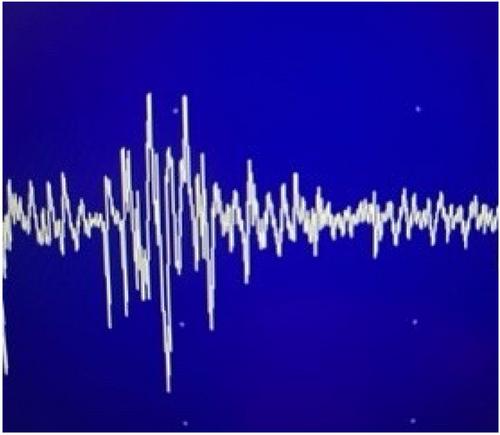Muscle channelopathies: A review
Abstract
Background
Muscle channelopathies are a rare and heterogeneous group of disorders that can be clinically challenging and functionally disabling. These disorders can present in both adult and pediatric age groups. These disorders have been known since the turn of the 20th century, with a steady evolution in terms of understanding the pathophysiology, phenotype, diagnostic, and treatment modalities over the last three decades.
Methods
We present a comprehensive review of muscle channelopathies that includes nondystrophic myotonias and periodic paralyses. The disorders in this review have been classified based on the presence or absence of myotonia on either the clinical exam or on electrophysiological testing. The historical background, genetics, pathophysiology, phenotypic presentations, and treatment modalities of each disorder reveal similarities as well as specific nuances in the disease phenotypes. Neurophysiologic testing shows differences in responses on routine and exercise testing and can narrow the differential within subsets of nondystrophic myotonias and periodic paralyses. The advances in genetics further aid in specifying which of the putative channels are at fault. Management can then be guided by knowledge of the causative gene and involves either avoidance of triggers or channel-based therapeutics.
Conclusion
Muscle channelopathies are rare, but a high index of suspicion along with a knowledge of the phenotype will help guide neurophysiological and genetic testing. A muscle channelopathy diagnosis, subsequently, can assist in avoiding triggers and directing treatments.


 求助内容:
求助内容: 应助结果提醒方式:
应助结果提醒方式:


